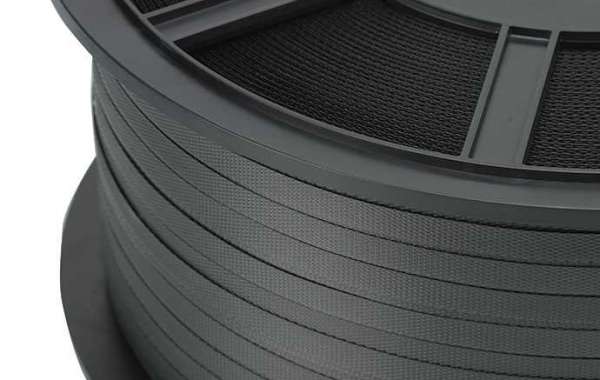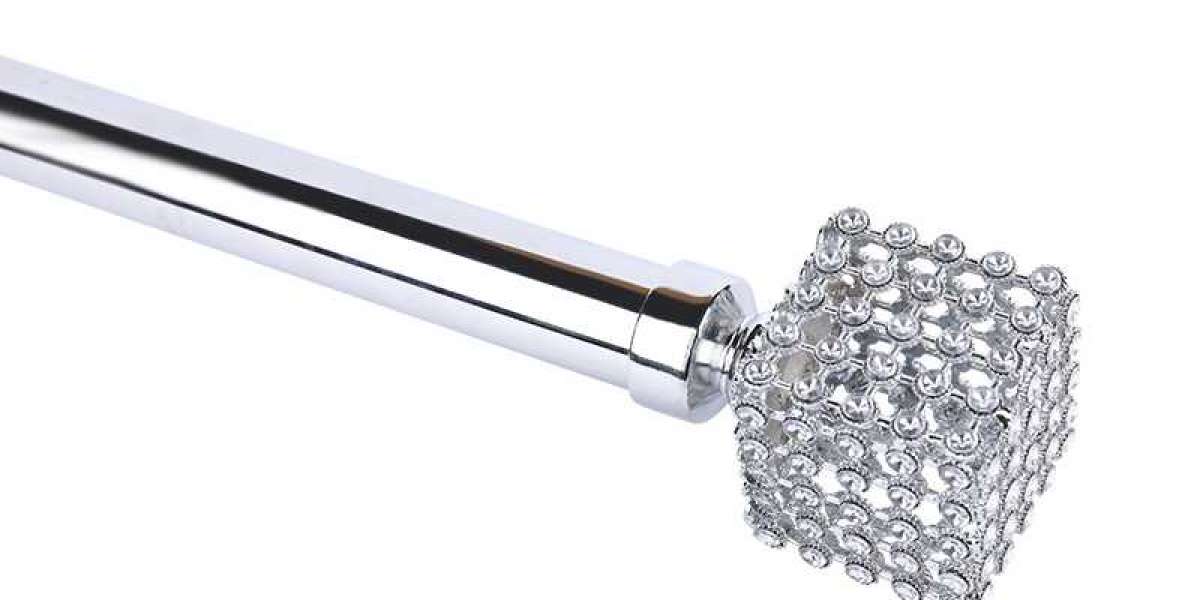Everyone can become the owner of a car with encumbrances with the easy hand of scammers or by their own disorder. In this article, wewill tell you how to check a car for burdens before buying.
Encumbered vehicles include vehicles that:
are pledged (for example, serve as collateral when obtaining a loan);
kept under arrest by court bailiffs due to arrears of alimony, utility bills, late payment of tax fees, failure to fulfill obligations to various financial institutions, etc. Read more about car arrests ;
rented (if a person operates the car, but the contract stipulates a ban on the sale or significant changes to its design);
purchased on credit (until the full repayment of borrowed funds). Read more about what threatens to buy a car on credit .
In the presence of the above-mentioned encumbrances, the new owner will not be able to register the vehicle with the traffic police, and, therefore, legally use it. In addition, there is a high probability of running into legal proceedings. For example, if the car was taken by the former owner on credit or is pledged. The deal is likely to be recognized as invalid, and the new owner will remain without a vehicle and without money. An attempt to return the funds invested in the purchase is again another trial. As a result, going to authorities will take more than one month, and maybe years. Therefore, before buying it is very important to check the car.
What to look for
Immediately make a reservation that it is best not to rely on luck and check the car for burdens, even if the owner seemed to you a decent and honest person. God knows how to keep safe.
What to look for when buying
There are a number of signs that should alert the buyer first. Among them:
the absence of the original registration certificate (the document may be in the bank as collateral, and it will be returned only after the loan has been paid);
low price;
the vehicle was operated for less than 3 years before the time of sale (3 years is the average repayment time of a loan for the purchase of a car, so if you are offered a practically new car (and even without a TCP) - time to postpone the transaction);
the seller’s unwillingness to provide their passport data, vehicle registration certificate, CASCO policy or a notarized permission to sell from the spouse.
You can read more about checking a car in our free book, Secrets of Safe Buying a Car.
How to find out if there are burdens on the car
There are several ways to check a car for an encumbrance. Let's consider each of them.
Checking through a credit bureau. There are plenty of organizations providing such services today. Report cost - from 600 rubles. and higher. If the seller offers you a car purchased on credit - this information is indicated in the credit history. For contact you need the passport details of the seller.
Check in the traffic police. Employees of the traffic police do not have the right to register vehicles with an encumbrance. Therefore, information about seizure and other problems with this or that car flows into the traffic police database. To apply, you will need a TCP vehicle and a certificate of registration.
Check through a notary public. If the car is pledged, data on this is contained in the Register of collateral. You can find out about this by contacting a notary public who will send an appropriate request.
How to check a car for encumbrances by VIN or state. number
A simple and affordable way to find out the burden on the car is to use the CarZaamin online service. To get the necessary information about the vehicle for sale, it is enough to enter the state. number or VIN of the machine in the search box on the site and click on the "Check Auto" button. The service is paid, but after such a check you will be sure that you are buying a “clean car”.
Among the advantages of this method of verification, it should be noted:
efficiency (it will take 5 minutes to check the vehicle);
availability (just know the state number of the car)
completeness of the data provided (the full history of the car will be available).
You do not have to collect data from many sources. In addition to information about the presence of encumbrances, you will learn about the number of car owners, traffic police fines, the number of traffic accidents, the year the car was manufactured and its technical characteristics, whether it was used in a taxi, etc.



